
There is a small, reasonably discrete patch of empty space towards the front of the Aston Martin Vantage’s transmission tunnel that at its media reveal in 2017 prompted a somewhat inevitable line of questioning from attending scribes. “Is that where the manual gear shifter is going to go, then?” we asked.
As is so often the way with these things, the answer was far more nuanced than a simple ‘yes’ or ‘no’, but company boss Andy Palmer was explicit enough to indicate that Gaydon planned on rigging the Vantage up with a manual at some point. Aston’s PR team was understandably less than thrilled with his revelation. Two years later, that car has finally arrived.
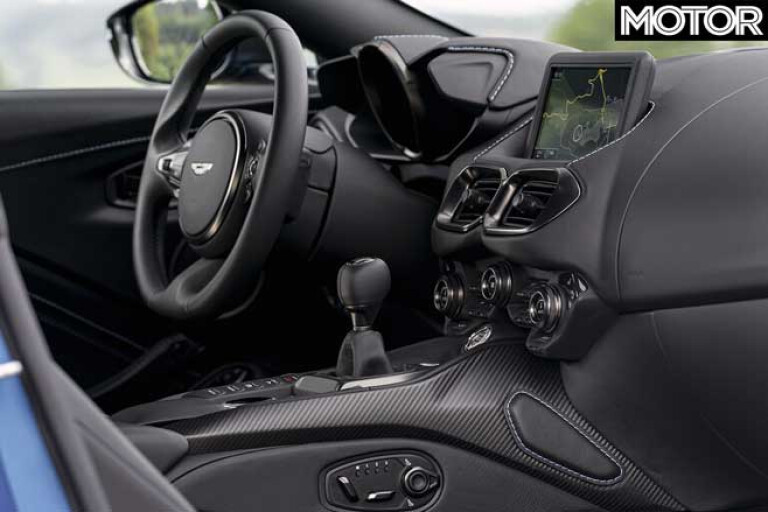
Replacing the eight-speed ZF automatic is the seven-speed Graziano manual that appeared in the old Vantage V12 S, dogleg first gear and all. It’s the first time a manual of any description has been fitted to Mercedes-AMG’s twin-turbo 4.0-litre V8, which in itself is no mean feat.
Certain sacrifices had to be made in order to facilitate the pairing. Overall torque has been capped in order to protect the gearbox, so instead of 685Nm you have to make do with just 625Nm. That torque is capped in first and second gears, though if you select Track mode you can have more. Power, meanwhile, remains at 375kW.
Aston has swapped the standard car’s clutch-based active torque-vectoring e-diff for a mechanical limited-slip differential. Overall, the manual Vantage is some 70kg lighter than its self-shifting sibling, with that weight being distributed slightly differently, though still a favourable 51:49 front-to-rear.
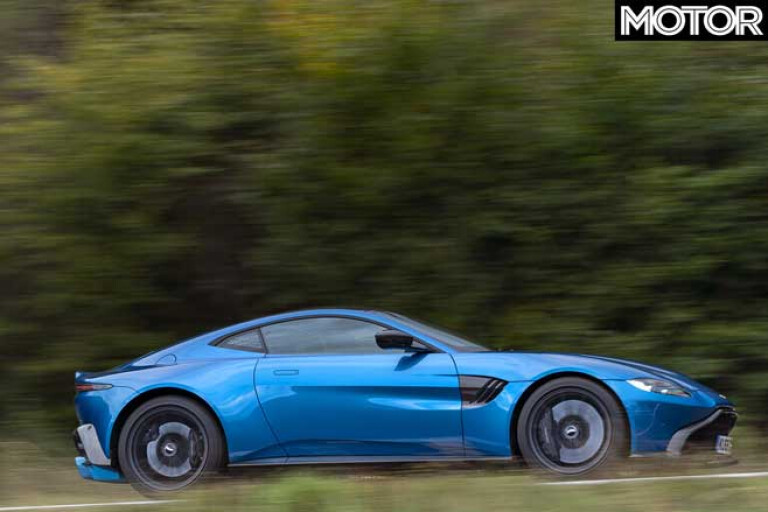
The suspension geometry has also been tweaked. At the rear, the spring rate has been slackened off slightly, while the anti-roll bar has been stiffened and the dampers have been revised front and rear.
The EPAS software has also been fettled, and the brake booster recalibrated to allow for easier heel-and-toe shifts, though if you’re not too hot on these, AMSHIFT provides a rev-matching function that will do all the hard work for you.
Aston chief engineer Matt Becker says the retuned suspension makes for a Vantage that feels even more playful than before. On the sodden roads that made up our test route, the baby Aston certainly feels lively – even with the traction left on. A nudge of the throttle is all it takes to provoke the rear into momentarily stepping out of line.
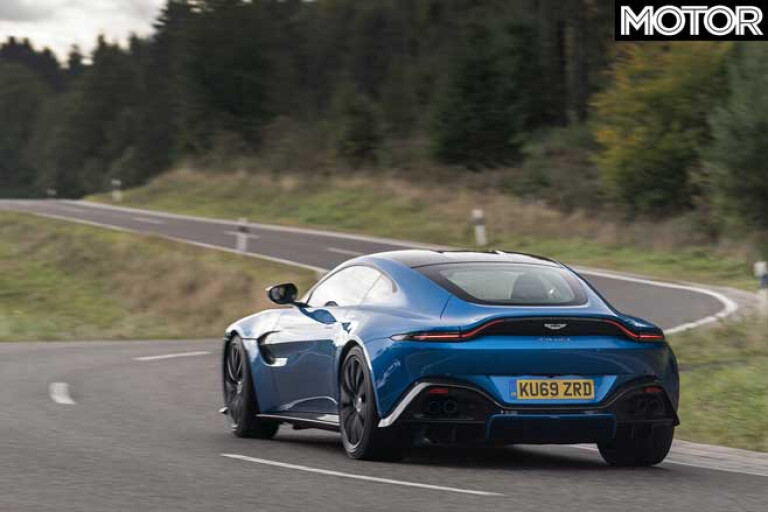
The gearbox itself is fantastic, though an acquired taste. The dogleg configuration might take a bit of time to wrap your head around, but it’s worth the effort. The shifter fills the palm of your hand, its action deliberately assertive and powerful without being overly notchy, but the movement from first to second isn’t quite natural, making second easy to miss. Still, the engine develops so much low-down torque that you can comfortably take off in second.
The manual feels incredibly special for the more intimate and organic nature of the control it allows you to exercise over the magnificent AMG V8, and suits the engine’s thunderous temperament down to the ground.
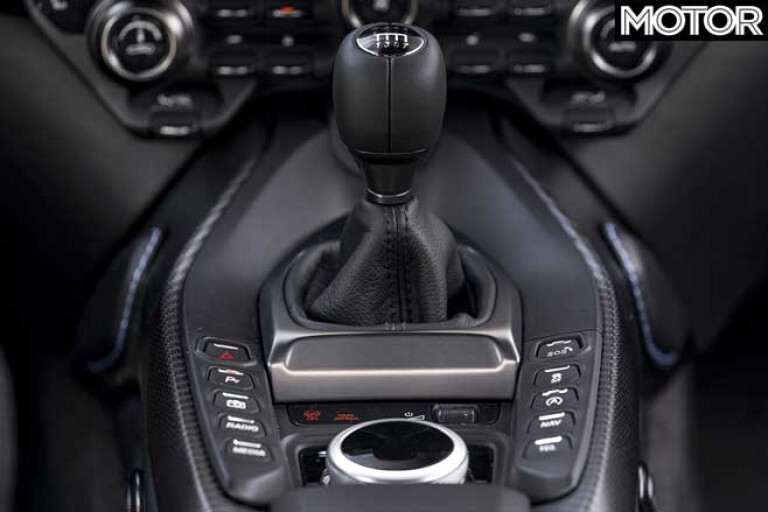
With less torque, it’s a few tenths slower than the auto but still plenty quick enough. In fact, you now feel as though you can use everything available in the lower gears without jeopardising your licence, and the timbre of its angry, menacing baritone snarl is thrilling.
At the moment, the only manual-equipped model actually available is the limited-run Vantage AMR – just 200 will be made, and they carry a premium of $70,000 – but from around April next year the Vantage manual will become a regular model, hopefully priced in the vicinity of the same $300K as the auto in Australia.
Cost aside, this is absolutely the Vantage to have. The Porsche 911 still feels superior in terms of its overall handling precision and balance, but the Vantage is a long way from being unpleasant, and the heightened level of interaction the manual introduces adds to the car’s character.
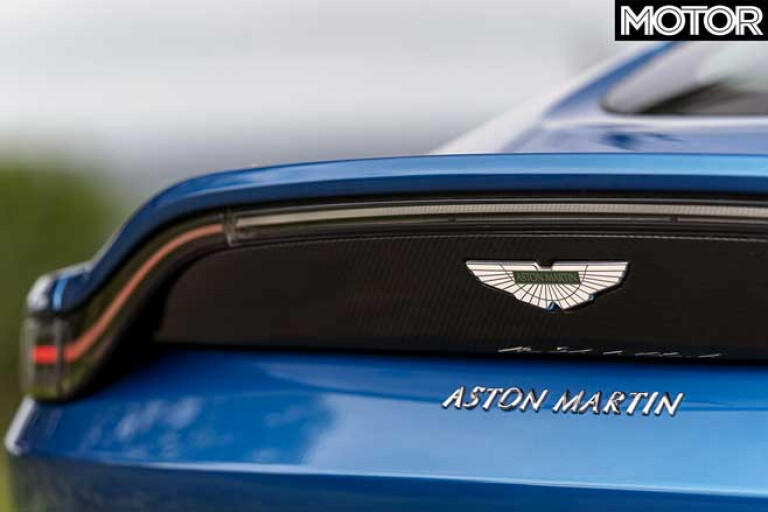
ASTON MARTIN VANTAGE MANUAL SPECS
Engine: 3982cc V8, DOHC, 32v, twin-turbo
Power: 375kW @ 6000rpm
Torque: 625Nm @ 2000-5000rpm
Weight: 1620kg
0-100km/h: 4.0sec (claimed)
Price: $300,000 (est)
Likes: Extra involvement of a manual; more usable performance; weight reduction
Dislikes: Dogleg shift from first to second; poor-surface ride and composure
Rating: 4.5 out of 5 stars

COMMENTS